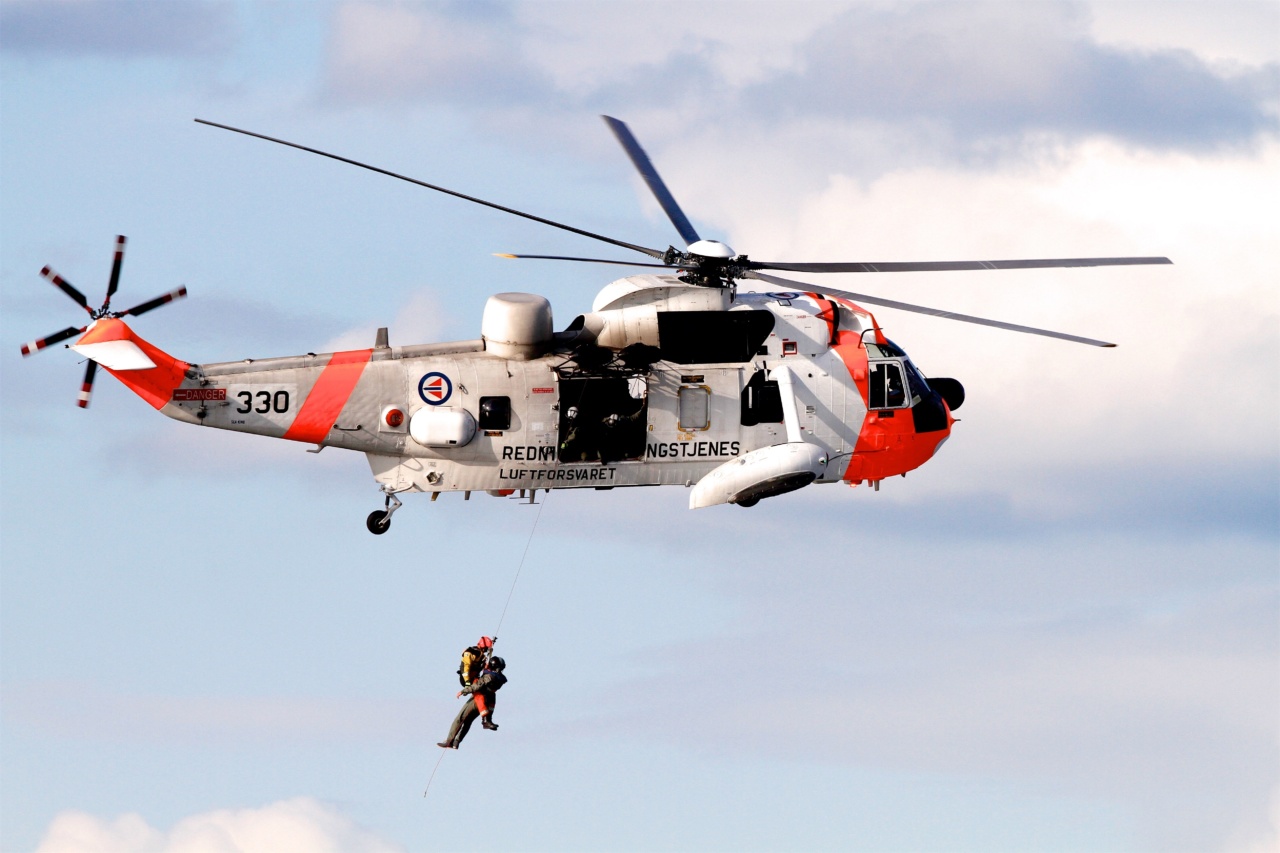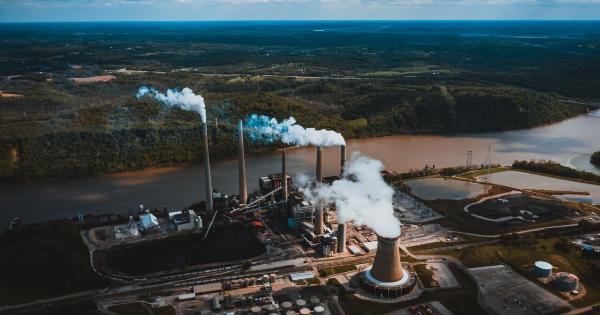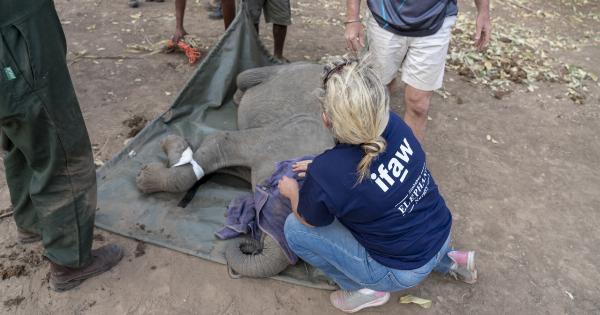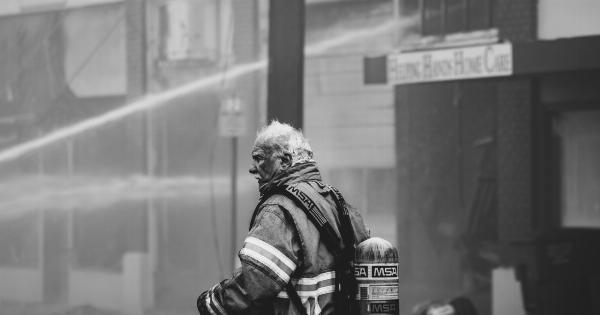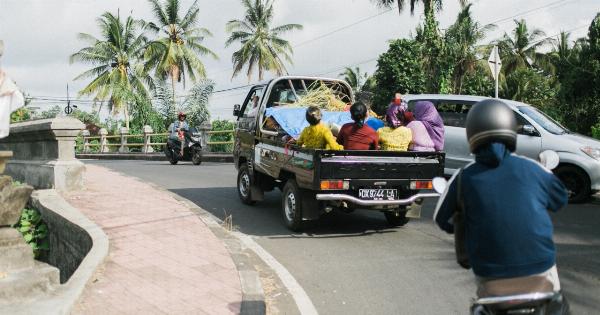In times of emergencies and catastrophic situations, one cannot overstate the importance of prompt rescue and assistance. The ability to provide aid swiftly and efficiently can sometimes be the difference between life and death.
In many cases, traditional rescue services face significant challenges in reaching remote or inaccessible locations, leaving those in urgent need in a perilous situation. However, with the advent of modern technology and the rise of remote rescue air forces, these challenges can now be overcome.
What is the Remote Rescue Air Force?
The Remote Rescue Air Force is a specialized force dedicated to providing emergency assistance and rescue operations in hard-to-reach or disaster-stricken areas.
Equipped with state-of-the-art aircraft and highly trained personnel, this unit is specifically designed to handle extreme situations and offer salvation coverage where traditional rescue services may struggle.
The Importance of Prompt Assistance
During emergencies, prompt assistance is crucial to saving lives and minimizing damage. The Remote Rescue Air Force aims to fill the gap between traditional rescue services and areas that are difficult to access.
Whether it be mountainous regions, dense forests, or remote islands, these specialized teams are capable of delivering immediate help when it is needed the most.
Key Features of the Remote Rescue Air Force
1. Advanced Aircraft: The air force utilizes cutting-edge aircraft specifically tailored for emergency situations.
These aircraft are equipped with the latest navigation systems, communication devices, and medical equipment to enhance their rescue capabilities.
2. Highly Trained Personnel: The Remote Rescue Air Force recruits and trains individuals with exceptional skills and expertise in emergency response operations.
These personnel are trained in a range of disciplines, including search and rescue techniques, first aid, and survival skills.
3. Enhanced Communication Systems: Effective communication is critical during rescue operations.
The Remote Rescue Air Force utilizes advanced communication systems that can establish reliable connections even in remote areas with limited or no cellular coverage.
4. Versatile Deployment: The force’s aircraft can be swiftly deployed to various locations, thanks to their agility and versatility. This allows them to respond rapidly to emergencies, irrespective of geographical challenges.
Roles and Responsibilities
The Remote Rescue Air Force has a diverse range of roles and responsibilities, all aimed at providing maximum relief during emergencies:.
1. Search and Rescue
One of the primary functions of the Remote Rescue Air Force is to conduct search and rescue missions. This involves locating and retrieving individuals who may be stranded, injured, or lost in remote areas.
The force leverages their specialized training and equipment to navigate through challenging terrain and bring individuals to safety.
2. Medical Evacuation
In critical situations where medical attention is urgently required, the Remote Rescue Air Force plays a vital role in evacuating patients to appropriate medical facilities.
Their aircraft are equipped with medical supplies and personnel trained in providing emergency medical care, ensuring that patients receive timely and appropriate treatment.
3. Disaster Relief Operations
During natural disasters such as earthquakes, floods, or hurricanes, the Remote Rescue Air Force assists in delivering relief supplies and providing aid to affected areas.
Their ability to reach remote or inaccessible locations enables them to support communities that are cut off from traditional relief services.
4. Firefighting and Emergency Response
The force also contributes to firefighting efforts and emergency response operations. Equipped with specialized equipment, they can drop fire retardants or conduct water bombing to combat wildfires.
Additionally, they provide assistance during other emergencies such as chemical spills or industrial accidents.
The Future of Remote Rescue Air Force
As technology continues to advance, the capabilities of the Remote Rescue Air Force will expand further.
Unmanned aerial vehicles (UAVs) may play an increasingly significant role in remote rescue operations, offering enhanced maneuverability and autonomous operations.
Conclusion
The Remote Rescue Air Force serves as a lifeline for those in dire need of assistance in remote and inaccessible areas.
With their advanced aircraft, highly trained personnel, and efficient deployment strategies, they are transforming the landscape of emergency rescue operations. As the world faces new and evolving challenges, this specialized force will continue to be at the forefront of saving lives and providing hope in times of crisis.
